ABC’s of Whisky Casks
let’s begin
“Casks are but empty vessels”
Said no one, ever, who knows anything about whisky.
Far from vacuous containers, casks craft whisky into the wet stuff we go wild about. In an era of No Age Statement Scotch, maturation is all about the method, not the many moons it endures.
Which means it is time to clue up on your casks;
A) The History
Iberian casks of sherry, port and Madeira first found their way to British shores via various wars, alliances and treaties. Upon arrival centuries ago, the spirits were often bottled in Scottish ports.
Industrious distillers soon learned that the dark, sweet remnants in the barrels’ resin could do wonders for their whisky. From mellowing maturing malts to giving young whisky impressions of wisdom, the casks were relished and re-used.
B) The Art
The craft of making casks is called coopering, with the ‘cooper’ being the man behind the barrel.
To give you an idea of just how much dedication this job requires, nowadays you have to wait until the oak tree is 25 feet tall before you can even cut it down to make a cask. If that’s not playing the long game, we don’t know what is.
Once they have the basic tree, a quarter of a century into their career, a cooper will then saw planks of wood into staves. (Admittedly, much of this is done mechanically nowadays, but coopers still have to train for years).
A stave is a small plank with a curved surface, and on average 32 of these link together to form a barrel. 15 extra staves are generally thrown in for good measure, to seal the ends of the cask. The small planks are also exposed to fire in order to be bent into the correct shape, as well as being charred on the inside to influence the complexion of the spirit itself.
Contrary to popular opinion, no glue or nails are involved in making a barrel secure. A good cooper will make a barrel entirely airtight, simply by skilfully slotting staves together. They also don’t faff around with paint or varnish, as this allows the wood to breathe, and the whisky to interact with the air. Coopers have essentially managed to gain a passport into the 21st century without any technological gimmicks, which is downright refreshing.
C) The Wood
Luckily, the law has made it very simple and dictated that casks may ONLY be made of oak.
Oak is a real catch in the whisky industry; it’s tough and yet easy to work with, it has tight grain which makes leaking a worry of yesteryears, and it is still porous enough to allow whisky to interact with air a little.
Oak has you besotted in seconds.
D) The Origins
All oak is full of naturally occurring oils called vanillins, and the spirit draws out these oils during maturation. But these, along with other characteristics in the wood, vary depending on its roots. Pun intended and hopeful of an ovation.
European Oak (Quercus Robur)
Traditionally used to mature whisky in Scotland and Ireland, the first casks were made from English and Scottish oak up to two centuries ago. Problem was, these oaks were a bit slow off the mark and when they did finally grow, their twisted trunks often meant that casks made from them were prone to leaking.
True to form, the Russian version soon took over, due to Siberian oak’s improved consistency.
However, in the 1860s, the importation of oloroso, fino and amontillado sherry from Spain to the UK began. Spanish oak also happens to be much cheaper than Russian oak, making for a predictable end to this story.
Despite the switch to Spanish oak, cheap is a relative term, and sherry casks are still ten times the price of a bourbon cask. Hints of candied peel, cinnamon, nutmeg and caramel, come at a price, which just so happens to be exponential.
French oak is also commonly used in modern whisky. Traditionally hailing from the wine industry, these casks offer an alternative flavour profile to malts.
American Oak (Quercus Alba)
At the end of the Second World War, the Cooper’s Union and lawyers stipulated that all American whiskey had to be matured in new wooden casks, in order to give the coopering industry a boost following Prohibition in the 1920s and 1930s. For once, something worked and the barrel business began to boom again.
But it wasn’t all down to an economical ploy; American oak is ideal for whisky cask construction thanks to fast-growing, strong trees and buckets of vanillins which provide inflections of honey, hazelnuts, butterscotch, and ginger. The ASB sized cask also provides optimum maturation conditions, thanks to the wooden surface area vs. liquid ratio.
Nowadays, nearly 90% of the world’s whisky is matured in American oak bourbon casks.
Japanese Oak (Quercus Mongolica)
Typically (and shockingly) used in the Japanese whisky industry, this oak also goes by the name of Mizunara and has been used since the 1930s.
Despite a porous make-up which renders the casks prone to leaking, the wood is incredibly rich in vanillins and therefore flavour.
To gain the best of both worlds, Japanese whisky is often matured in sherry or bourbon casks, before being finished in Mizunara casks in order to pack in as much of this flavour as possible, from blossoms, vanilla and cloves to bouquets of apple and pears.
E) Cask Types
There are various types of whisky cask made up of these oaks; here’s the Great Drams lowdown on a few of them:
· Gorda
Gorda is a huge barrel made of American oak with a capacity of 700 litres. Although Gordas can be used for maturing whisky, they tend to be used for blends more often than single malts.
· Madeira Drum
Despite a huge capacity of 650 litres, this barrel is short and stumpy, and is all about that bass, or diameter if we’re being technical. Thick staves of French oak criss-cross in these casks to hold what is most often Madeira wine, but can go on to finish whiskies.
· Port Pipe
This 650 litre beast is a tall and thin barrel, made from thick staves of European oak. It looks a bit like a Stretch Armstrong version of a normal cask, and tends to be used to mature Port wine and to finish whisky.
· Butt
Champion of the 500 litre capacity, this is another European oak speciality which is widely used throughout the sherry industry in Spain. The Butt is very common in the whisky industry, which suggests it’s pretty damn good.
· Puncheon
There are two types of puncheon cask; beginning with the ‘machine puncheon’ made of thick staves of American oak and taking on a rather short and fat demeanour.
The second is the ‘sherry shape puncheon’ which is more Kate Moss in terms of elongation, and more Penélope Cruz as far as it is made in Spain. Puncheon casks are used in the rum and sherry industry, and are ideal in their 500 litre capacity, to finish whisky.
· Barrique
These 300 litre pocket rockets are used widely in the wine industry and are slightly irregular in that they are bound with wooden strips rather than your standard metal hoops.
· Hogshead
This fabulous word comes from the 15th century term ‘hogges hede’ which refers to a unit of measurement equivalent to 63 gallons. These days the 225 litre casks are made from American white oak and are used to mature bourbon, before being sent to Scotland and Ireland to get whisky feeling grown up.
· ASB
The American Standard Barrel is pretty much the Hogshead, but rounded down to 200 litre capacity for ease of use. Truth be told, Hogshead is just such a great word that it inspired a sequel….albeit a terrible acronym of one.
· Quarter Cask
Simpler still, this is just the quarter of the size of an ASB. Yet the 50 litre vessel stands tall and it is highly reactive with spirits, because the surface area provides so much physical contact with them. Whether or not this has anything to do with the colloquial name of ‘firkin’ for these casks, we may never know.
· Blood tub
This appealingly named 40 litre barrel is mostly used in brewing beer, but every now and then is brought out to finish a whisky. The elongated oval shape was designed to make them easy to carry on horseback, which is something to consider on your next trip round the M25.
G) The Big Picture
Whisky gains both flavour and colour from the wood of its cask. A simple oak tree adds wonderful things to our whisky, from lactone which gives it its nutty bourbon character, to caramel wood sugars and hues. Oak also has the ability to change tannins to acetals, which is what creates the delicate fragrances in spirits.
Meanwhile, acetic acids change to fruity esters and some preservatives in the wood give a unique puckery taste to the whisky, similar to the effect a strong black tea has on braced lips. In essence, all of this contributes towards maturing a good malt.
It’s generally down to the Master Blenders regarding which casks are chosen to mature a distillery’s malts; for example the team at Bruichladdich champion American oak. Their reasoning is that Quercus alba is hardy and watertight, yet complex enough to add optimum levels of vanilla and caramel. Other distilleries will have completely different ideas, which is what makes cask strength such a bespoke craft. More bespoke, perhaps, than the quantitative ageing itself.
H) The 'How About Tasting Some?' Technique.
Go on, make up your own mind….are you Stateside or Latina inclined?
Greg
You might be interested in
More from the blog
Follow greatdrams
latest articles
Latest whisky
exclusively from GreatDrams
-
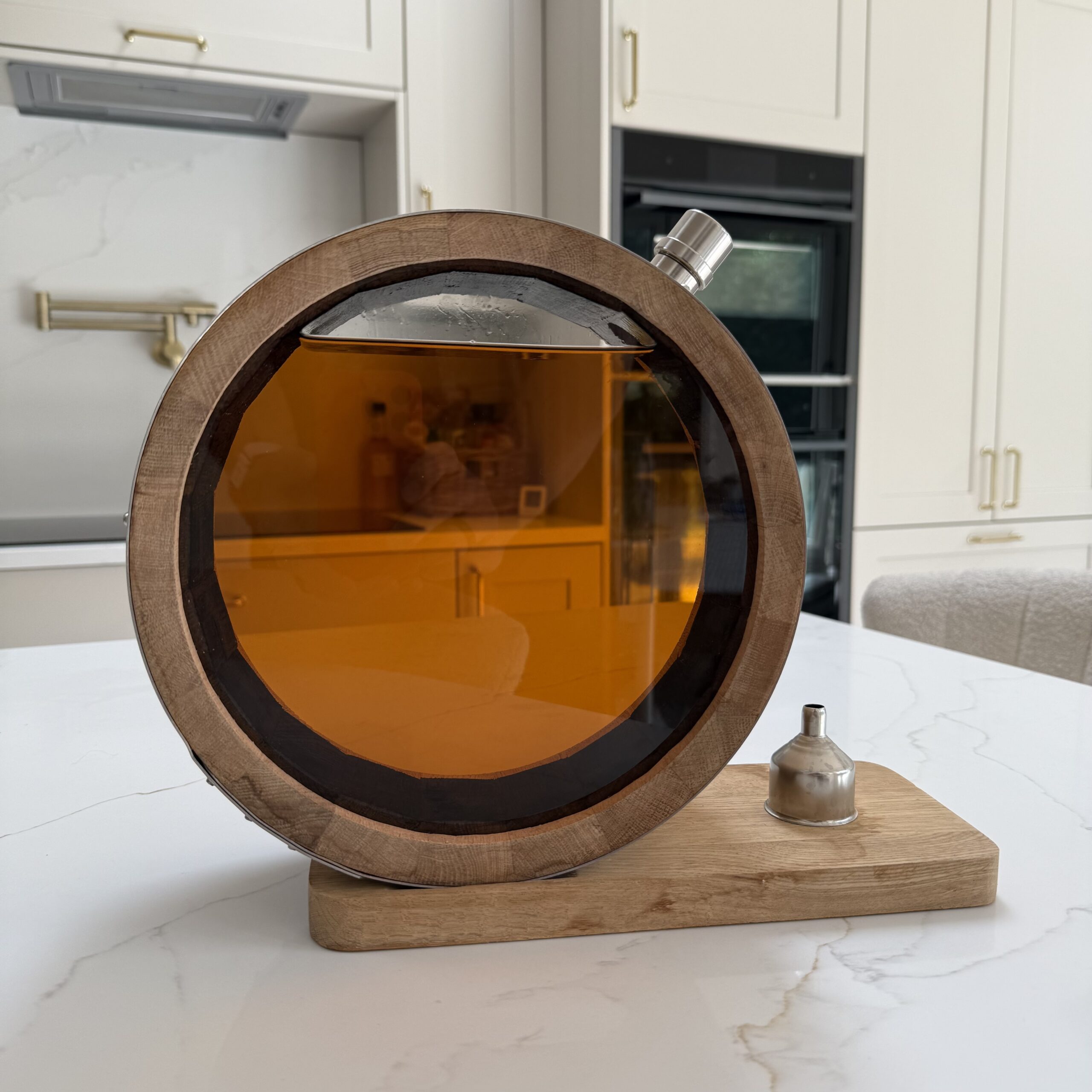
The GreatDrams Signature Barrel Decanter
£200.00 – £370.00




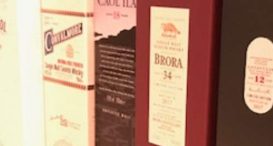



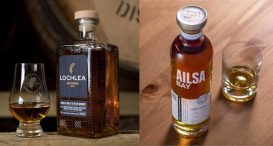
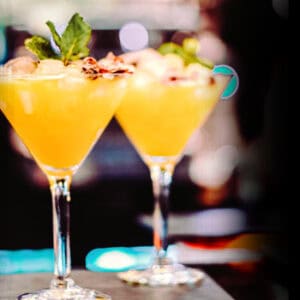
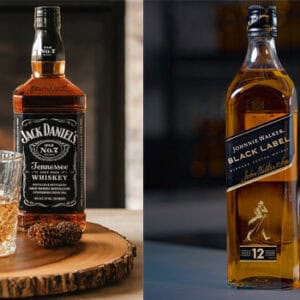



5 thoughts on “ABC’s of Whisky Casks”